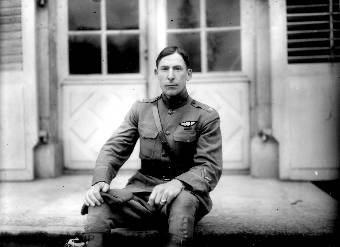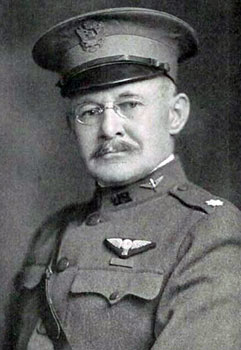At 17.00hrs on Sunday, 30th September 1906 the first International Balloon Race begun in Paris, the balloon travelling the furtherest would be the winner and receive the Gordon Bennett Trophy. Sixteen balloons set out, only five cleared the French coastline. One specific balloon, the American entry would eventually fly the furthest, it crossed The Channel at 03.30hrs and would later be seen to pass over Nottingham and York and continued in a rough north-easterly direction towards the Whitby area. Coastguards at Fylingdales watched the balloon get closer and as it appeared that if it did not soon land it would be carried out to sea. It was a hugh balloon, 73,000 cubic feet. By now it was low and ropes and hooks could be seen hanging from the car to try and catch on something solid on the ground to halt them. It had been blown back inland slightly, when it struck a tree close to Demesne Farm, Fylingdales at 15.10hrs, 1st October 1906. It removed branches before partly demolishing a wall and landing in a field close to the farm. The two men on board were not injured.
Witnesses were soon on the spot and they helped to pack up the balloon. The men and the balloon were taken up to Fylingdales railway station and put on a train for Scarborough. Some time later they arrived back in Paris and were declared the winners of the first International Gordon Bennett Balloon Race. They had covered 402 miles (647.1 km) in 22.15hours.
Pilot - Lt Frank Purdy Lahm.
Assistant - Major Henry Blanchard Hersey.

Frank Purdy Lahm was born Mansfield, Ohio on 17th November 1877. The internet holds plenty of information about Frank Lahm and I do not plan on copying these works. In brief in 1908 he flew with Orville Wright in the first ever two-person flight. He qualified as one of only two pilots in American Army on 26th October 1919. On 9th November 1909 the US Army lost their only aircraft (and as such the entire Air Force) when Lahm crashed it. He became a high ranking officer and was awarded many medals, he retired from the US Military in November 1941 and died on 7th July 1963 in Ohio.

Henry Hersey spent most of his working life with the US Weather Bureau from 1885 to 1932. During the Spanish American War he formed a calvary group and was appointed to Major in the 1st US Volunteer Cavalry. In 1902 he trained as a balloon pilot with the Aero Club of France and in the months that followed he was issued with a Spherical Balloon licence by the Aero Club of America. He returned to the Weather Bureau at a later date but in 1917 joined the Aviation Section of the Signal Corps. He would see service in France in November 1918. He would return to his old job before retiring in 1932. He died on 26th September 1948.
An article on this incident appeared in the Dalesman in November 2006.